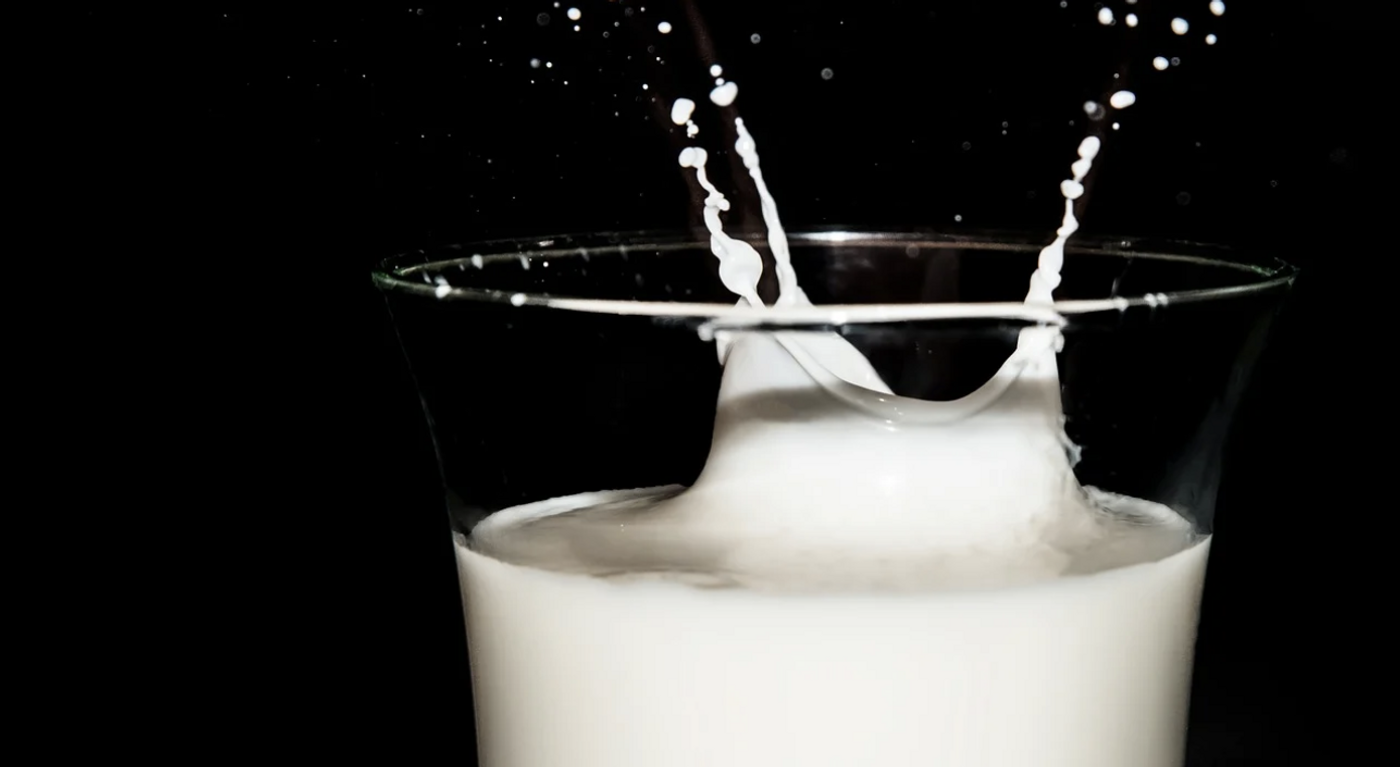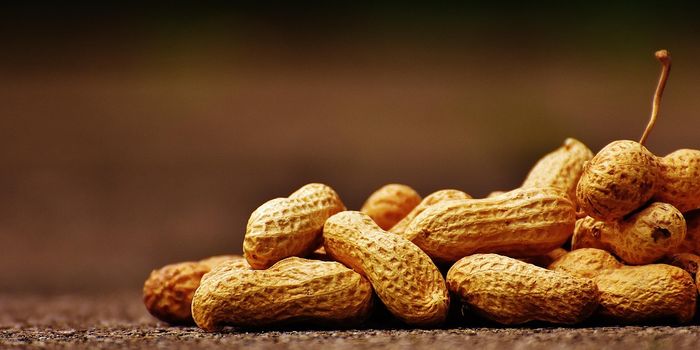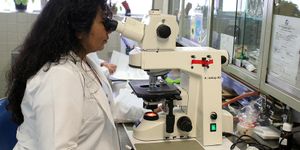Humans Drank Milk Long Before Their Bodies Could Tolerate It
Scientists and archaeologists have long sought to learn when humans started consuming milk. They have tried to use indirect methods, like analyzing rock art or animal bones to find evidence of the production or consumption of milk. More recent investigations have searched for traces of milk or dairy fats on pots used in ancient times. Nothing has been definitive, however.
Proteomic tools can analyze the proteins in a sample, such as dental plaque that has hung around on the teeth of our ancestors and hardened into minerals, called dental calculus, which is now being used to search for proteins that are found in milk from various animal species.
An international team of scientists analyzed dental calculus harvested from the remains of 41 adult humans found in ancient pastoral sites in Kenya and Sudan. Reporting in Nature Communications, the researchers were able to recover milk proteins from eight of these individuals. The oldest samples that were positive for milk-associated proteins came from a cemetery site in Sudan that's thought to be around 6,000 years old. Another cemetery that's estimated to be 4,000 years old yielded an individual with dental plaque that was thought to carry proteins from goat's milk.
"Some of the proteins were so well preserved, it was possible to determine what species of animal the milk had come from. And some of the dairy proteins were many thousands of years old, pointing to a long history of milk drinking in the continent," noted lead study author Madeleine Bleasdale.
"This the earliest direct evidence to date for the consumption of goat's milk in Africa. It's likely goats and sheep were important sources of milk for early herding communities in more arid environments."
Another individual that came from a Kenyan site that's thought to be about 3,400 years old carried milk proteins in their dental calculus.
"It seems that animal milk consumption was potentially a key part of what enabled the success and long-term resilience of African pastoralists," noted study co-author Steven Goldstein.
The enzyme lactase is required for the body to be able to digest milk completely. It's typically expressed in childhood but often disappears after that. Some individuals, however, continue producing the enzyme well into adulthood, a phenomenon known as lactase persistence. Lactase persistence may have first evolved in Africa. Learning more about how it evolved can help us learn more about how culture can influence genetics.
Individuals of European ancestry typically carry one mutation that's been connected to lactase persistence, while those of African ancestry can have one of four different mutations that have been linked to lactase persistence. Researchers have long wondered how that happened.
In this study, the scientists connected their data about the people that drank milk to their genomes; the researchers determined that these early milk drinkers were not producing lactase. They were drinking milk - even though they did not have a genetic mutation that enabled them to keep producing the lactase that would enable them to digest the milk properly. The authors suggested that this could mean drinking milk helped influence the emergence of lactase persistence in Africans. It could also indicate that these individuals processed the milk into products like yogurt that were easier to digest (or maybe they just had upset stomachs).
"This is a wonderful example of how human culture has - over thousands of years - reshaped human biology," said senior study author and Max Planck Director Nicole Boivin.
Sources: AAAS/Eurekalert! via Max Planck Institute for the Science of Human History, Nature Communications










